Native Blue Ginger
$6.59
Alpinia Caerulea
- Seed Count 10
- Bush Tucker
- Perennial
In stock
Description
Native blue ginger is an attractive, easy to grow feature plant and also a bush tucker food with a mild, tangy ginger flavour.
A perennial clumping shrub with wide, glossy green leaves and bright blue berries growing up to two metres high and one metre wide.
A relative of ginger, cardamom, turmeric and galangal, native ginger also grows from a spicy underground rhizome and both the young root tips, shoots and the fruits are edible.
Though native ginger prefers shade and moist well-drained soil, it is a very hardy plant and will tolerate part sun and they are best positioned for protection from strong or dry winds.
Not frost tolerant, they are unsuitable for areas of frost unless a correct microclimate can be established.
Lush green foliage makes native ginger very suitable for use as a feature or focal plant. It’s a good plant for garden borders or around a pool, to fill gaps and narrow spaces or for mass plantings.
Native ginger also makes a great indoor plant. Though it may not flower or fruit as readily, the roots will carry on growing provided it is getting adequate water and nutrients so why not place a large pot near the kitchen for easy harvesting.
1. Pre-Treatment
- Pre-Soak: Soak seeds overnight in lukewarm water to soften the seed coat and break dormancy .
2. Sowing Instructions
Timing
- Best Seasons: Sow in spring (September–November) or autumn (March–May) to avoid extreme temperatures .
- Climate Zones:
- Tropical/Subtropical: Year-round sowing.
- Temperate: Avoid winter frosts; use indoor propagation .
Planting Method
- Soil Mix: Combine 50% peat moss/coco coir, 30% perlite, and 20% compost for a moist, well-draining medium .
- Sowing Depth: Lightly cover seeds with 2–3 mm of soil or sieved compost .
- Containers: Seed trays or small pots with drainage holes.
- Spacing: Sow seeds 5 cm apart to prevent overcrowding .
Germination Conditions
- Temperature: Maintain 20–24°C using a heat mat or warm greenhouse .
- Light: Place in bright, indirect light (e.g., shaded greenhouse) – no direct sun .
- Moisture: Keep soil consistently damp (not waterlogged) with a spray bottle. Cover trays with a humidity dome .
- Timeline: Germination typically takes 10–60 days. Some seeds may remain dormant for months – be patient! .
3. Seedling Care
- Transplanting: When seedlings reach 10 cm (4–6 leaves), move into 15 cm pots with organic-rich soil .
- Light: Gradually acclimate to dappled shade. Mature plants thrive in 70–100% shade .
- Watering: Water deeply 2–3 times weekly. Soil should never dry completely .
- Fertiliser: Apply a native fertiliser monthly in growing season .
4. Planting Out
Site Selection
- Position: Shaded understorey, north-facing walls, or beneath trees. Tolerates indoor pots in low light .
- Soil: Humus-rich, well-draining loam with pH 5.5–7.0. Amend clay soils with compost .
- Spacing: Plant 1–1.5 m apart in clumps for rhizome expansion .
Climate Tolerance
| Factor | Tolerance | Management |
|---|---|---|
| Frost | Low (dies back at 0°C) | Mulch heavily; cut back frost-damaged stems in spring |
| Drought | Low | Water twice weekly in dry spells; use mulch |
| Heatwaves | Moderate | Increase mulch depth; provide afternoon shade |
5. Long-Term Maintenance
- Mulching: Apply 10 cm layer of leaf litter/pine straw to retain moisture and suppress weeds .
- Pruning: Trim dead leaves annually. Cut flower stems after fruiting to encourage new growth .
- Pests/Diseases:
- Spider mites/Mealybugs: Treat with neem oil .
- Root rot: Avoid waterlogging; use free-draining soil .
- Frost Protection: In zones with frost, grow in pots and move indoors in winter .
6. Propagation & Harvesting
Propagation
- Division: Split rhizomes in spring every 3–4 years for faster yields .
- Seed Collection: Harvest blue fruits, remove pulp, and dry seeds for storage .
Harvesting (Years 2–3+)
| Part | When to Harvest | Uses |
|---|---|---|
| Rhizomes | Early spring | Dig lateral roots; use fresh as mild ginger substitute |
| Berries | Summer (blue stage) | Eat pulp raw for citrusy zing, or dry for tea |
| Shoots/Leaves | Year-round | Wrap fish for steaming; infuse in stir-fries |
Sustainability Note: Harvest only 30% of roots/berries per plant to ensure regrowth .
7. Ecological & Culinary Uses
- Wildlife: Flowers attract blue-banded bees; leaves shelter frogs .
- Bush Food:
- Rhizomes: Add to teas, stir-fries, or desserts.
- Berries: Flavour vinegar or grind into spice .
- Bush Medicine: Fruit pulp traditionally used as a thirst quencher .
Troubleshooting Guide
| Issue | Cause | Solution |
|---|---|---|
| No germination | Dormancy or low temps | Re-sow with fresh seeds; maintain 23°C |
| Yellow leaves | Overwatering/sunburn | Improve drainage; relocate to deeper shade |
| Leggy growth | Light starvation | Move to brighter indirect light (no direct sun) |
| Frost damage | Temps <5°C | Cut stems to ground; mulch heavily |
Postage Charge
Orders under $30 attract a $4.95 shipping charge. Orders $30 and above have free shipping.
Order Times
Seed orders are normally dispatched within three business days. You will receive an email when seeds are mailed out.
Postage Days
Seeds are mailed out Monday to Friday at 1pm. Except for the Friday of long weekends.
Postage Times
WA 2-3 Days: SA,NT 3-5 Days: NSW, ACT, QLD, VIC: 5-7 Days
Carrier
We use Australia Post Letter Postage for the majority of orders
Not only are our seeds packed in recycled paper envelopes, we keep the theme going when we post out website orders. To protect your seeds from moisture and the letter box munchers (snails), we use a very special plastic free material made from plants. They are then put into recycled mailing envelopes. Green all the way 💚🌿

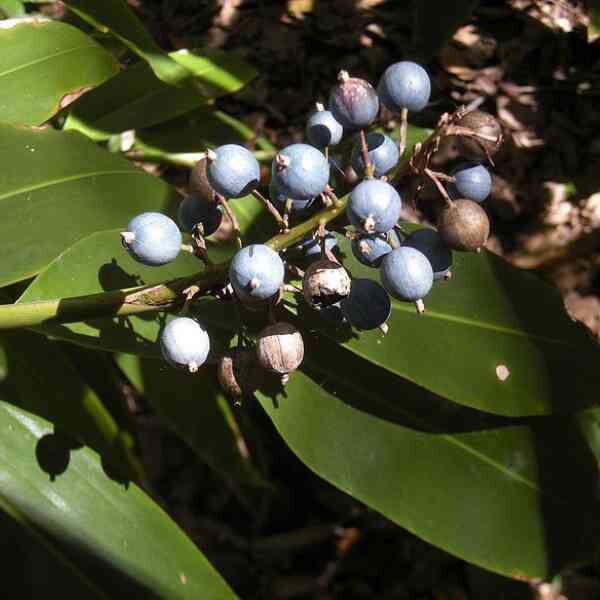
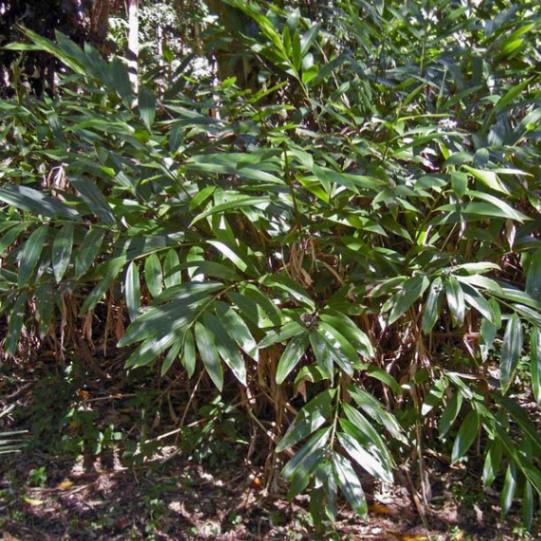




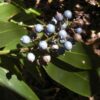
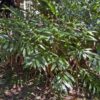
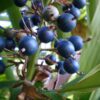
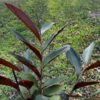
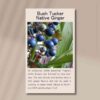

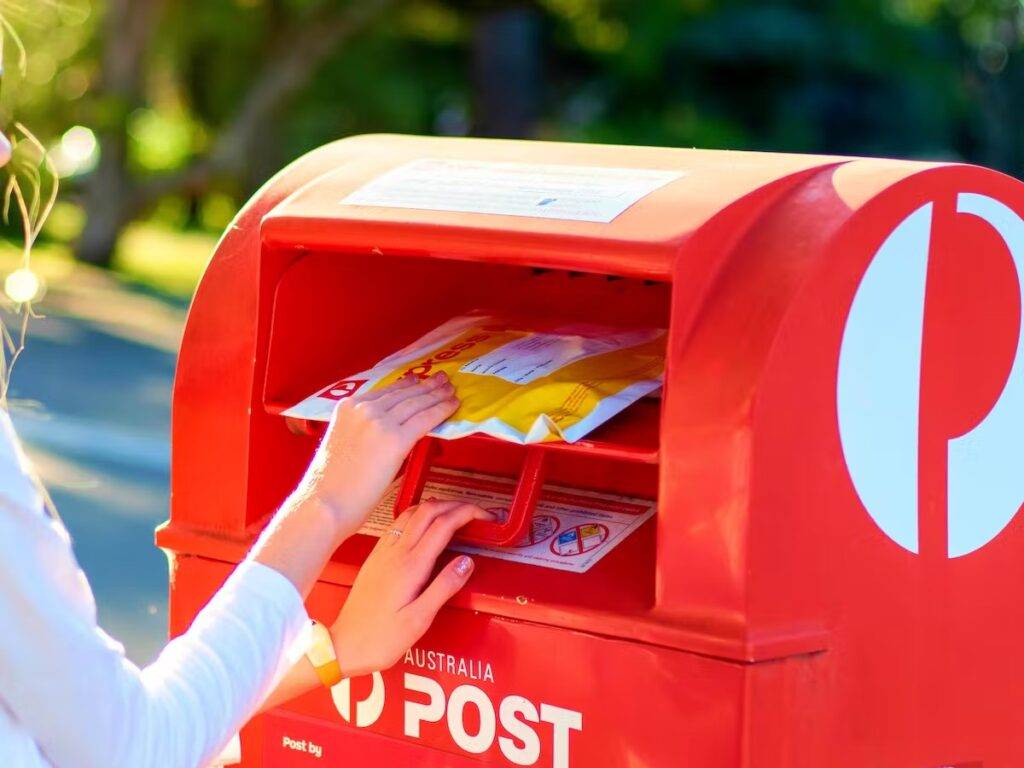
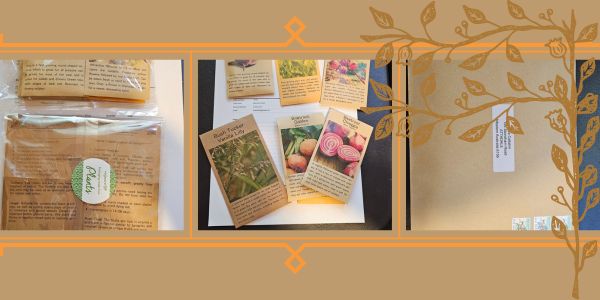

2 reviews for Native Blue Ginger